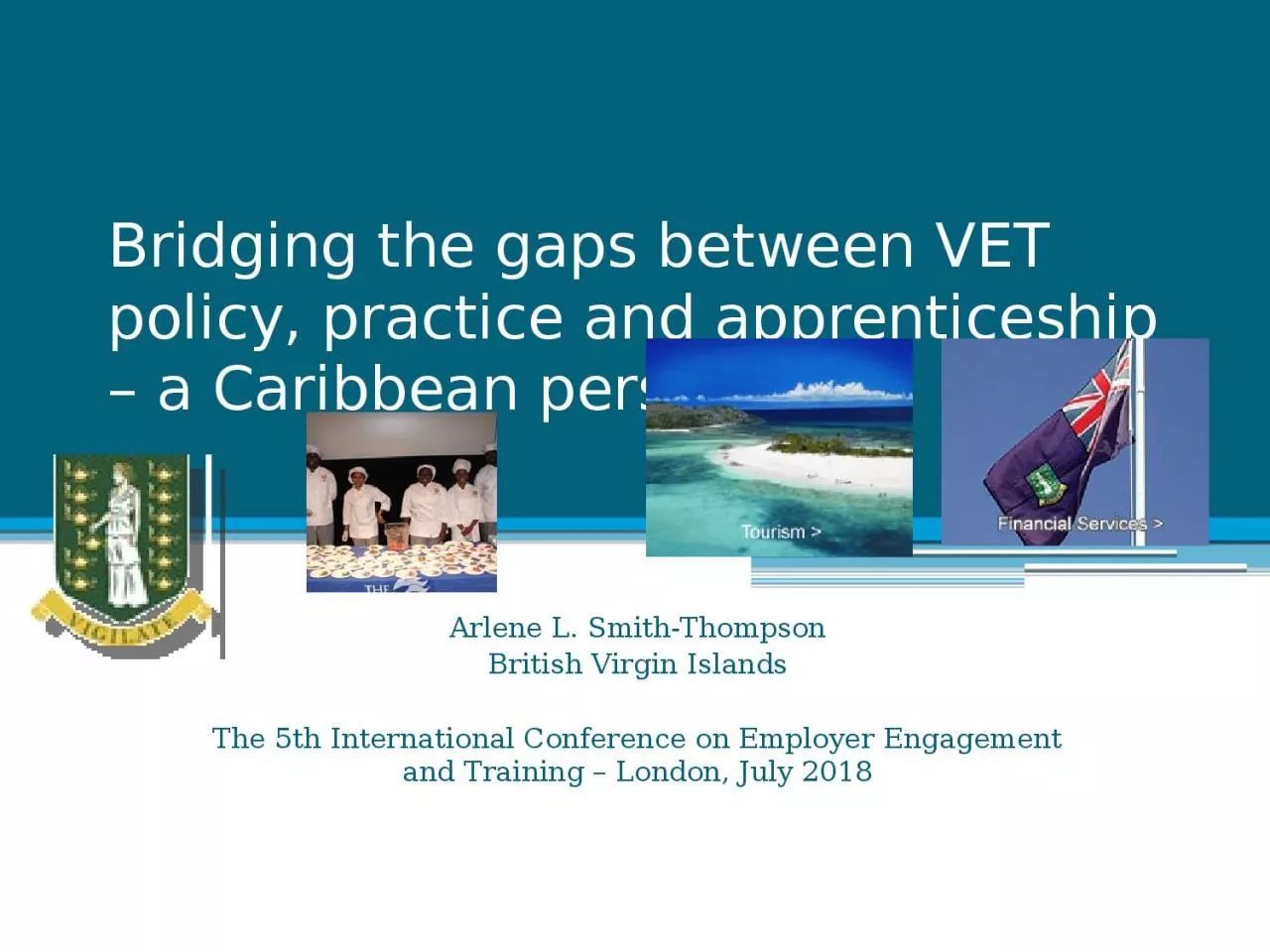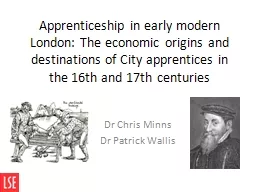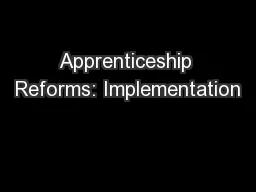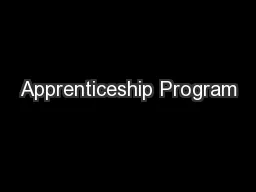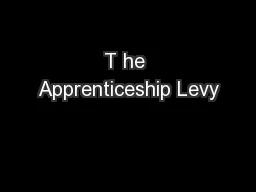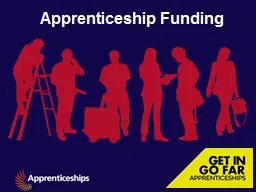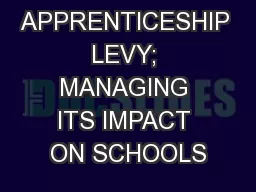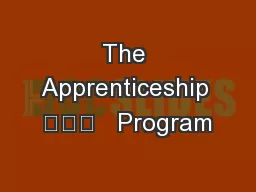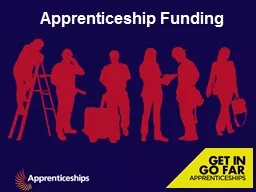PPT-Bridging the gaps between VET policy, practice and apprenticeship – a Caribbean perspective
Author : emery | Published Date : 2024-01-29
Arlene L SmithThompson British Virgin Islands The 5th International Conference on Employer Engagement and Training London July 2018 Background and country context
Presentation Embed Code
Download Presentation
Download Presentation The PPT/PDF document "Bridging the gaps between VET policy, pr..." is the property of its rightful owner. Permission is granted to download and print the materials on this website for personal, non-commercial use only, and to display it on your personal computer provided you do not modify the materials and that you retain all copyright notices contained in the materials. By downloading content from our website, you accept the terms of this agreement.
Bridging the gaps between VET policy, practice and apprenticeship – a Caribbean perspective: Transcript
Download Rules Of Document
"Bridging the gaps between VET policy, practice and apprenticeship – a Caribbean perspective"The content belongs to its owner. You may download and print it for personal use, without modification, and keep all copyright notices. By downloading, you agree to these terms.
Related Documents

